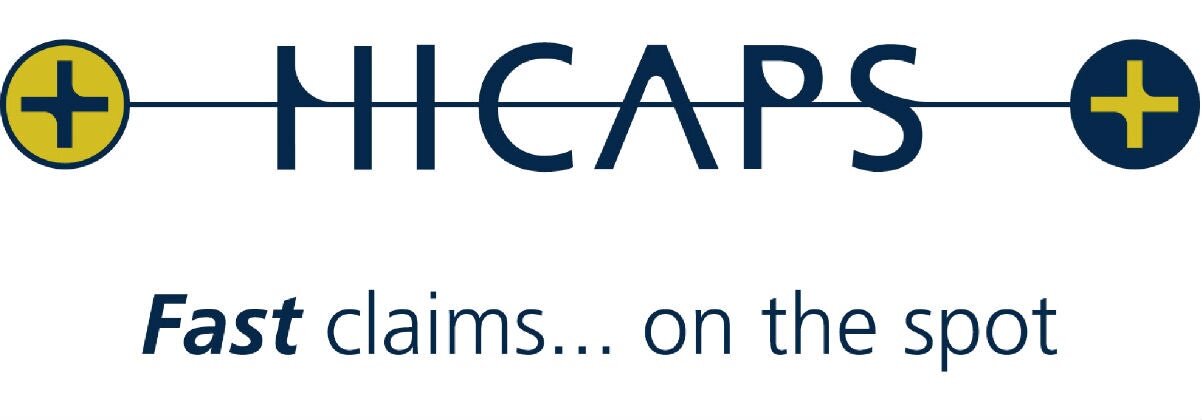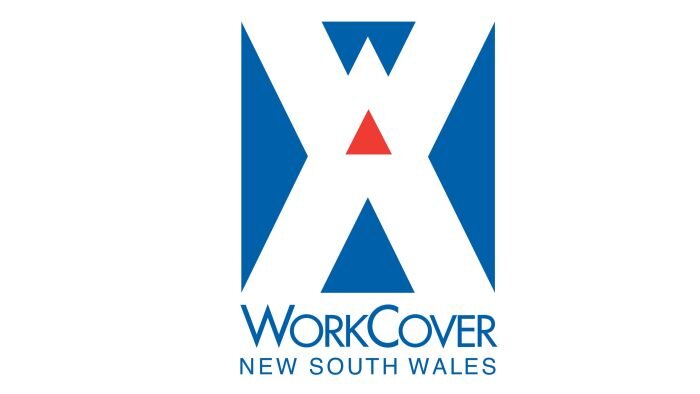Severs Disease
What is Sever's Disease?
Sever's disease is a common cause of heel pain in active children. Sever's disease, also called calcaneal apophysitis, occurs when the growth plate of the heel is injured by excessive forces during early adolescence.
What Causes Sever's Disease?
Sever's disease is a common cause of heel pain in physically active growing kids.
It usually occurs during the growth spurt of adolescence, the approximately 2-year period in early puberty when kids grow most rapidly. This growth spurt can begin anytime between the ages of 8 to 13 for girls and 10 to 15 for boys
Peak incidences are:
Girls: 8 to 10 years old.
Boys: 10 to 12 years old.
Sever's Disease Symptoms
As a parent, you may notice your child limping while walking or running awkwardly. If you ask them to rise onto their tip toes, their heel pain usually increases. Heel pain can be felt in one or both heels in Sever's disease.
How is Sever’s Disease Diagnosed?
Sever’s disease can be diagnosed based on your history and symptoms. Clinically, your practioner will perform a "squeeze test" and some other tests to confirm the diagnosis.
Some children suffer Sever’s disease even though they do less exercise than other. This indicates that it is not just training volume that is at play. Foot and leg biomechanics are a predisposing factor.
The main factors thought to predispose a child to Sever’s disease include:
decrease ankle dorsiflexion.
abnormal hind foot motion eg overpronation or supination.
tight calf muscles.
excessive weight-bearing activities eg running.
What's the Treatment for Sever's Disease?
Sever’s disease treatment should be based on eliminating pain and restoring normal foot and leg biomechanics.
Phase 1 - Early Injury Protection: Pain Relief & Anti-inflammatory Tips
As with most soft tissue injuries the initial treatment is Rest, Ice, and Protect.
In the early phase you’ll most likely be unable to walk pain-free. Our first aim is to provide you with some active rest from pain-provoking activities.
"No Pain. No Gain." does not apply in Sever's disease. If it hurts your child is doing too much exercise. Your child should reduce or cease any activity that causes heel pain.
Ice is a simple and effective modality to reduce your pain and swelling. Please apply for 20-30 minutes each 2 to 4 hours during the initial phase or when you notice that your injury is warm or hot.
Most children can tolerate paracetamol as a pain reducing medication. Check with your doctor.
To support and protect your heels, you may need to be wear shock absorbing heel cups or a soft orthotic. Kinesio foot taping may help to provide pain relief.
Your practioner will guide you and utilise a range of pain relieving techniques including joint mobilisations for stiff ankle or subtalar joints, massage or electrotherapy to assist you during this pain-full phase.
Phase 2: Regain Full Range of Motion
Your practioner will identify stiff joints within your foot and ankle complex that they will need to loosen to help you avoid overstress. A sign that you may have a stiff ankle joint can be a limited range of ankle bend during a squat manoeuvre. Your practioner will guide you.
Phase 3: Restore Foot Arch Muscle Control
Your foot arch is dynamically controlled via important foot arch muscles, which be weak or have poor endurance. These foot muscles have a vital role as the main dynamically stable base for your foot and prevent excessive loading through your plantar fascia.
Any deficiencies will be an important component of your rehabilitation. Your practioner is an expert in the assessment and correction of your dynamic foot control. They will be able to help you to correct your normal foot biomechanics and provide you with foot stabilisation exercises if necessary.
Phase 4: Restore Normal Calf & Leg Muscle Control
You may find it difficult to comprehend, but all of your leg (calf, thigh and hip) muscles play an important role in controlling your foot arch and its normal function.are very important in the rehabilitation of shoulder pain and injury. Your practioner will assess your leg muscle function and provide you with the necessary treatment or exercises as required.
Phase 5: Restore Normal Foot Biomechanics
Your foot biomechanics are the main predisposing factor to Sever’s disease. After a biomechanical assessment you may be recommended a soft orthotic or a custom made orthotic prescribed by a podiatrist.
Phase 6: Improve Your Running and Landing Technique
In order to prevent a recurrence as you return to sport, your practioner will guide you with technique correction and exercises to address these important components of rehabilitation to both prevent a recurrence and improve your sporting performance.
Your practioner will discuss your goals, time frames and training schedules with you to optimise you for a complete return to sport.
Phase 7: Footwear Analysis
Poorly designed footwear that can predispose to the injury. Seek the professional advice of your healthcare practitioner
What about Orthotics or Heel Cups?
Occasionally, an orthotic may need to be prescribed for temporary or long-term correction of their foot biomechanics (eg flat feet or high arches).
During the acute phase of Sever's disease, a small heel rise or shock-absorbing heel cup placed under the heel pad of your child's foot may help to ease the symptoms.
Your practioner can assess your child's arch and guide you in the best management of your child's condition. We recommend that your child should never go barefooted during the painful stages of Sever's disease.
What are the Long-Term Consequences of Sever's Disease?
Poorly treated Sever's disease can result in a permanent bone deformity at the rear of the heel bone. Long-term this can cause shoe-fitting difficulties and blisters.
Less obvious long-term effects can include foot arch problems leading to plantar fasciitis or heel spurs and tight calf musculature leading to Achilles tendonitis.
How Can You Prevent Sever's Disease?
Sever's disease may be prevented by maintaining good joint and muscle flexibility in the years leading up to, and during, their growth spurts (eg girls 8 to 10, boys 10 to 12).
Foot arch problems such as flat feet should be addressed after the age of five if they don't appear to be self-correcting. If you are concerned, please ask your health practitioner. The most important factor is the amount of weight-bearing exercise your child is currently performing.
Finally, LISTEN To Your Child!
If your child is suffering heel pain between the ages of 8 to 12, suspect Sever's disease until proven otherwise. Seek the professional opinion of your foot practitioner regarding its diagnosis and subsequent management.




